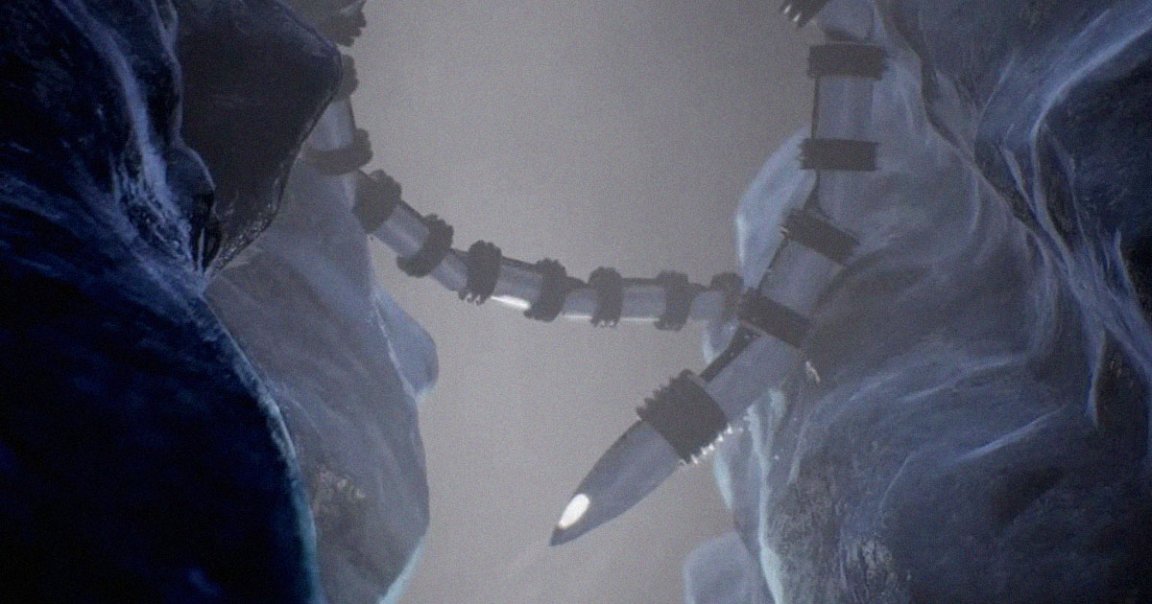
EELS Pit
NASA’s Jet Propulsion Laboratory is testing out a snake-like robot that is meant to one day climb into the icy vents of Saturn’s moon Enceladus and take a dip into its subsurface ocean below to look for signs of life.
Before it can travel all the way to Saturn’s moon, the team at JPL is hoping to deploy the Exobiology Extant Life Surveyor (EELS, get it?) robot in other hard-to-access locations on Earth, the Moon, and beyond.
The team’s aim is to create the ultimate jack-of-all-trades with a unique wheels-coming-off approach to robot building.
“It has the capability to go to locations where other robots can’t go,” said JPL’s Matthew Robinson, EELS project manager, in a statement. “Though some robots are better at one particular type of terrain or other, the idea for EELS is the ability to do it all.”

Slithering Bot
In a new video, the robot can be seen slithering across a variety of surfaces, including an iceskating rink, a snowy mountainside, and a beach. They even put it through its paces at the JPL’s Mars Yard, a simulated Martian landscape.
The 13-foot robot moves by rotating its ten identical segments, which are outfitted with threads that allow it to propel itself forward. These individual segments can even act as propellers, allowing EELS to explore its surroundings underwater.
That’s important, as JPL is hoping to have the robot eventually explore the habitable subsurface oceans of Saturn’s moon Enceladus. To get to this ocean, the robot will have to snake itself through one of the many icy geysers that erupt from the moon’s surface before dropping into the depths below.
Down the Hole
It will also have to do all of this entirely on its own.
“Imagine a car driving autonomously, but there are no stop signs, no traffic signals, not even any roads,” said the project’s autonomy lead, Rohan Thakker, in the statement. “The robot has to figure out what the road is and try to follow it.”
“Then it needs to go down a 100-foot drop and not fall,” he added. The team is hoping to send EELS down a vertical shaft, or a crevasse, in the Canadian Rockies later this year, which will act as an analog for Enceladus’ vents.
It’s an immense engineering challenge, especially given how little we know about the icy moon’s environment.
“When you’re going places where you don’t know what you’ll find, you want to send a versatile, risk-aware robot that’s prepared for uncertainty,” Robinson said, “and can make decisions on its own.”
More on JPL’s robots: NASA Shows Off Transforming Rover for Exploring Steep Cliffs on Mars